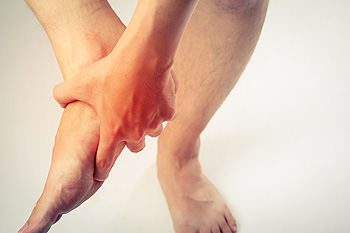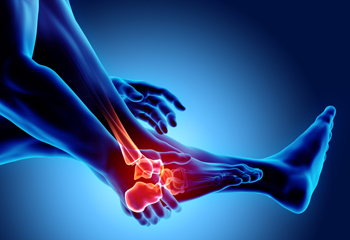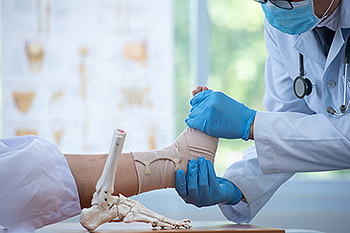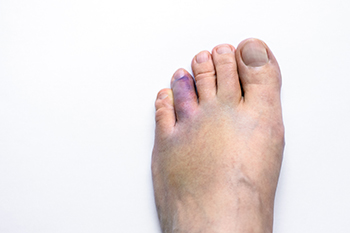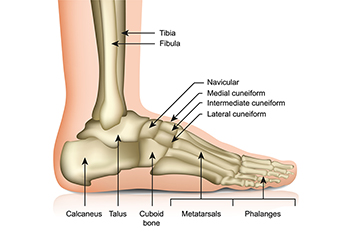
Foot pain, a nuanced tapestry of discomfort, can emanate from various structures within the foot, leading to a spectrum of problems. The plantar fascia, a band of tissue supporting the arch, may ignite pain when strained, giving rise to conditions like plantar fasciitis. Achy joints and inflammation often signal arthritis, affecting the foot's intricate network of bones and ligaments. Nerve entrapment, as seen in conditions like Morton's neuroma, generates sharp, localized pain. Bunions, a result of misalignment in the joint at the base of the big toe, cause persistent pain and deformity. Toe deformities such as hammertoes, can contribute to discomfort due to irregular pressure on joints. Stress fractures are microcracks in bones and are often triggered by repetitive impact, which can manifest as localized pain during activity. Understanding the structures involved in foot pain equips individuals to identify and address specific foot problems promptly. If you have foot pain, and would like to know more about the anatomy of the foot, it is suggested that you schedule an appointment with a chiropodist.
The biomechanics of your feet play an important role in your foot health. To learn more, please consult with one of the chiropodists from The Footcare Centre. Our chiropodists can help you maintain the health of your lower limbs and your mobility.
Foot biomechanics refers to the study of the structure, function, and motion of the feet. The feet and ankles are a complex system consisting of many bones, joints, ligaments, muscles, and tendons that work together to move your feet. Understanding the unique biomechanics of your own feet can help you and your chiropodist make informed decisions about your foot health care. This includes decisions about the best preventive measures to avoid foot pain, the best treatment options for various foot problems, and finding the best shoes for your feet.
If you have any questions, please feel free to contact our office located in . We offer the newest diagnostic and treatment technologies for all your foot care needs.

